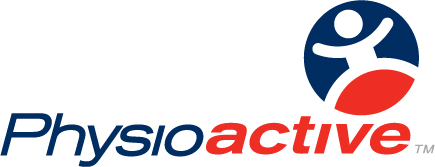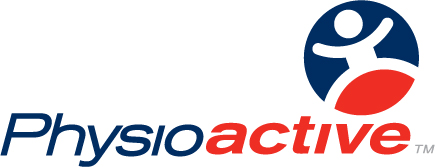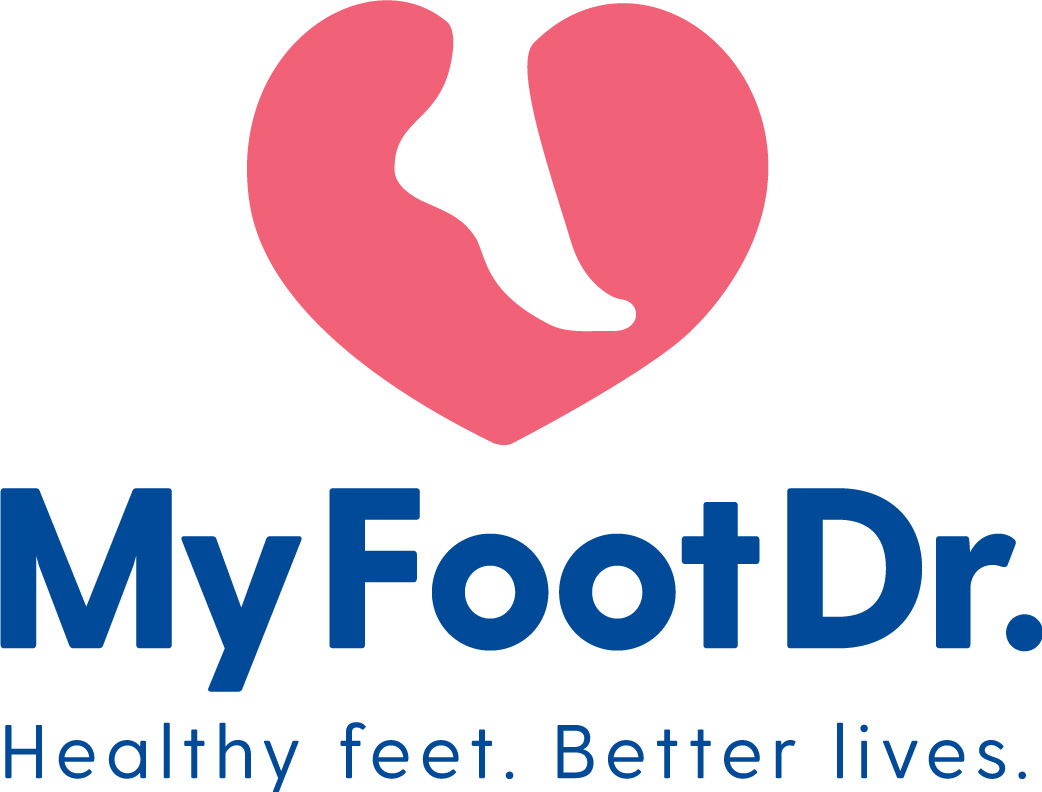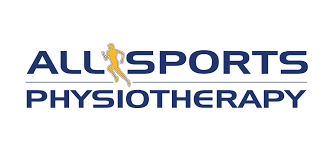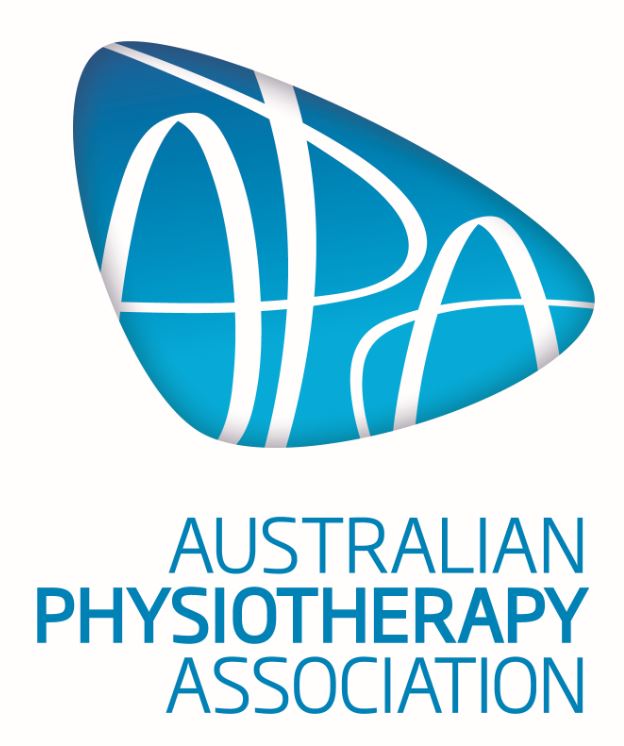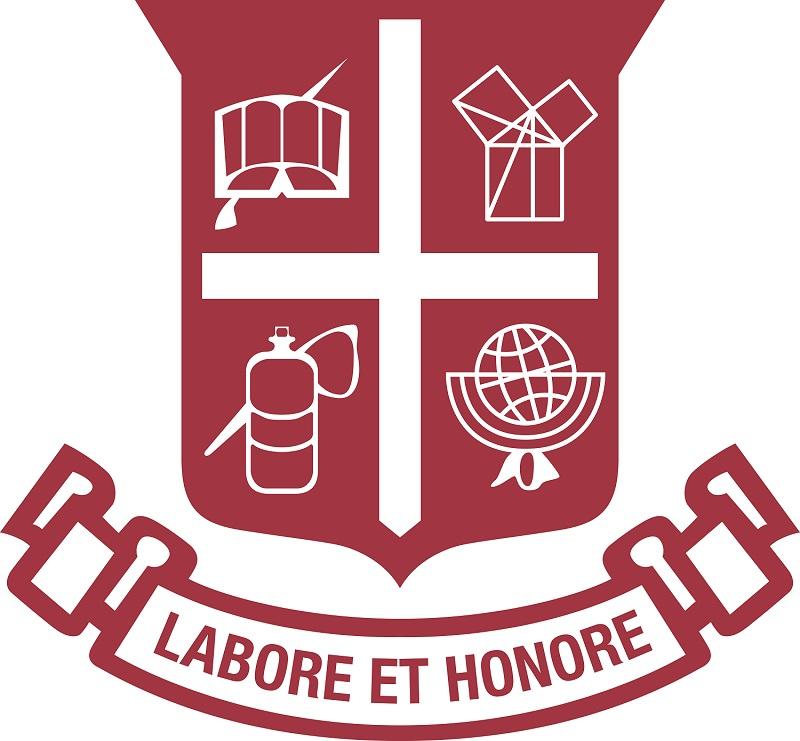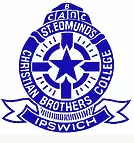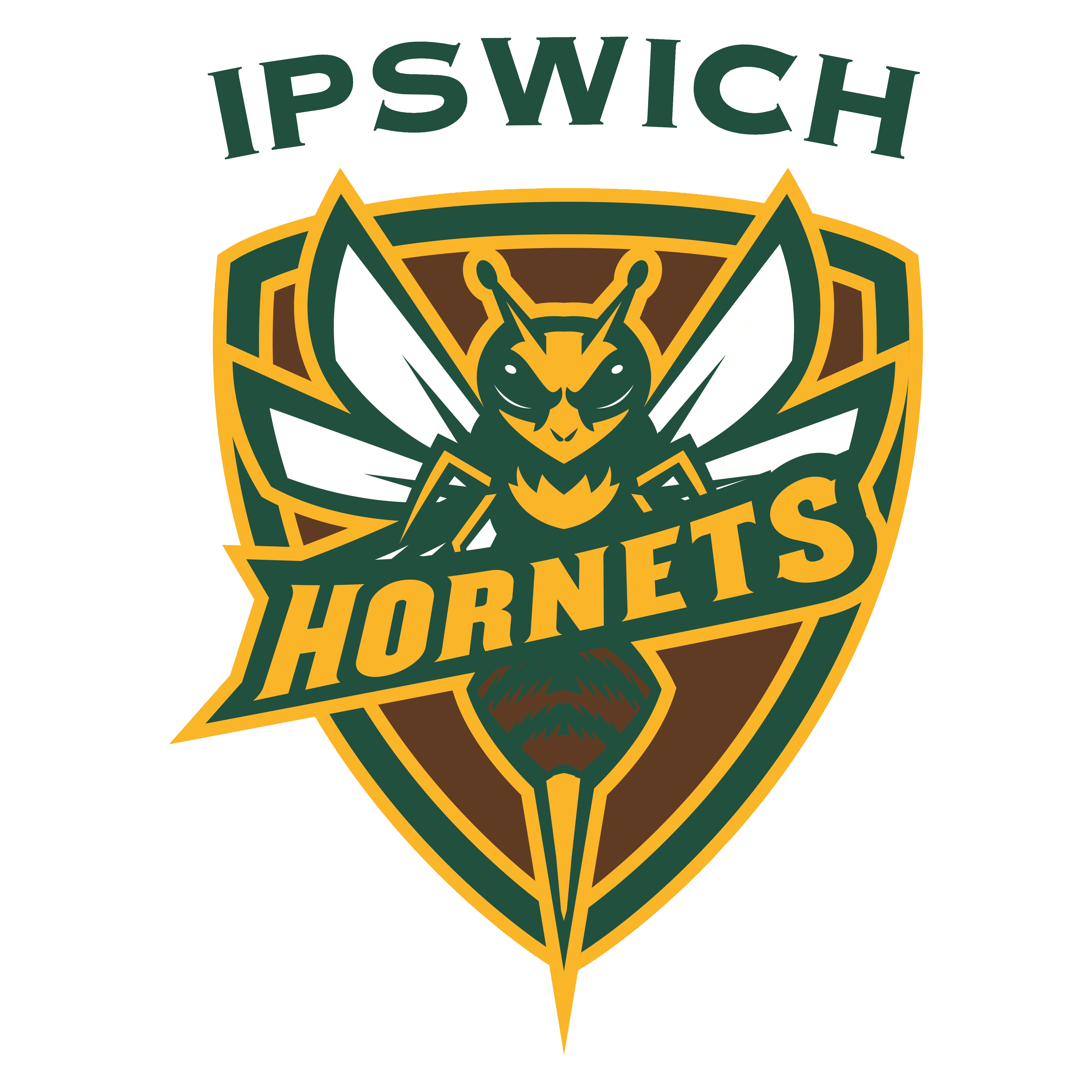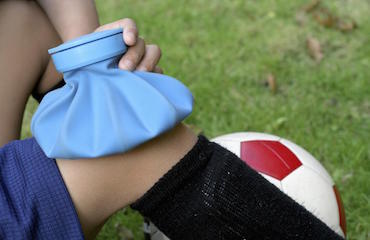
For our young athletes, these shortened and intense playing seasons, a sudden spike in training loads along with rapid skeletal development puts them at the coalface of potential overuse and load related injuries.
Skeletal Development:
In a growing skeletal system, our bones undergo numerous changes, lead by an increase in bone length and durability.
Osseous, or bone growth occurs at our “Epiphyseal Plate”, otherwise known as our growth plate which is located between the larger part of our bones, called our “Metaphysis”, and the ends of our bones called our “Epiphysis”. This growth plate, up until the age of 13-15 for girls and 15-17 for boys continues to enable growth and structural maturity for our bones.
The ages of 13-17 for majority of adolescents is the time for extreme amounts of physical activity. Training 4-5 x per week for both club and school sport, social sport of a night-time and games both days of the weekend tends to be the way at this age. In this, accumulating a lot of high intensity muscle activity and impact on these growing bones, with minimal rest and for many teenagers, even less stretching and self-preservation. This trio is the basis for the development of “Traction Apophysitis” and other load related injuries.
What is a Traction Apophysitis
A Traction Apophysitis is an injury to the cartilage and bony attachment of tendons in children and adolescents. Commonly, this is an overuse injury associated with inflexible muscles and muscular tendon junction (Achar & Yamanaka, 2019). Traction Apophysitis injuries occur in both upper and lower limbs, most commonly in the:
Elbow
-
“Little Leaguers Elbow” – Injury at the Medial Epicondyle (bony prominence on the inside of the elbow) insertion of the forearm/elbow muscles
Hip Apophysitis
-
“Legg-Calve Perthes Disease” – Injury at the femoral head epiphysis
Patella (Kneecap)
-
“Osgood-Schlatter Disease” – Injury at the Patella tendon insertion onto the Tibial Tubercle (bony prominence below the kneecap)
-
“Sinding Larsen Johansson Disease” – Injury at the patella tendon origin at the inferior pole (portion) of the patella
Calf/Achilles
-
“Severs Disease” – Injury at the Achilles tendon insertion onto the calcaneum (heel)
Foot/Toes
-
“Iselin Disease” – Injury at the Peroneal tendon insertion onto the 5th metatarsal head (toe)

What are the Signs and Symptoms?
Subjectively, the reported symptoms of a Traction Apophysitis can include:
-
Localised pain around one of the aforementioned epiphyseal sites
-
An insidious onset of symptoms with no history of trauma
-
Pain that worsens during or following physical activity (running, jumping, hopping, throwing)
-
A recent increase in activity levels or the commencement of unaccustomed physical activity
Clinically, our Physiotherapists will assess and identify:
-
Localised tenderness at specific epiphyseal site
-
Worsening of symptoms with activation of associated Musculo-tendinous unit
-
Decreased muscle length and inflexibility of involved Musculo-tendinous unit
-
Worsening of symptoms with high impact and repetitive load placed on the involved Musculo-tendinous unit
How do you treat a Traction Apophysitis injury?
Traction Apophysitis injuries are self-limiting in nature, with symptom resolution occurring with improvement in biomechanics as well at the time of epiphyseal plate closure. In this time, a thorough and targeted physiotherapy lead rehabilitation program is advised to allow pain reduction and improvement in biomechanics. In this, advice and education on load management, immediate manual therapy and other pain relief remedies can be prescribed to supplement an individualised rehabilitation program.
If you wish to get started on your rehabilitation, please do not hesitate to contact us on 3281 8876 or book online at www.physioactive.com.au
Developed by Aidan Lunney B.PHTY (2018)
